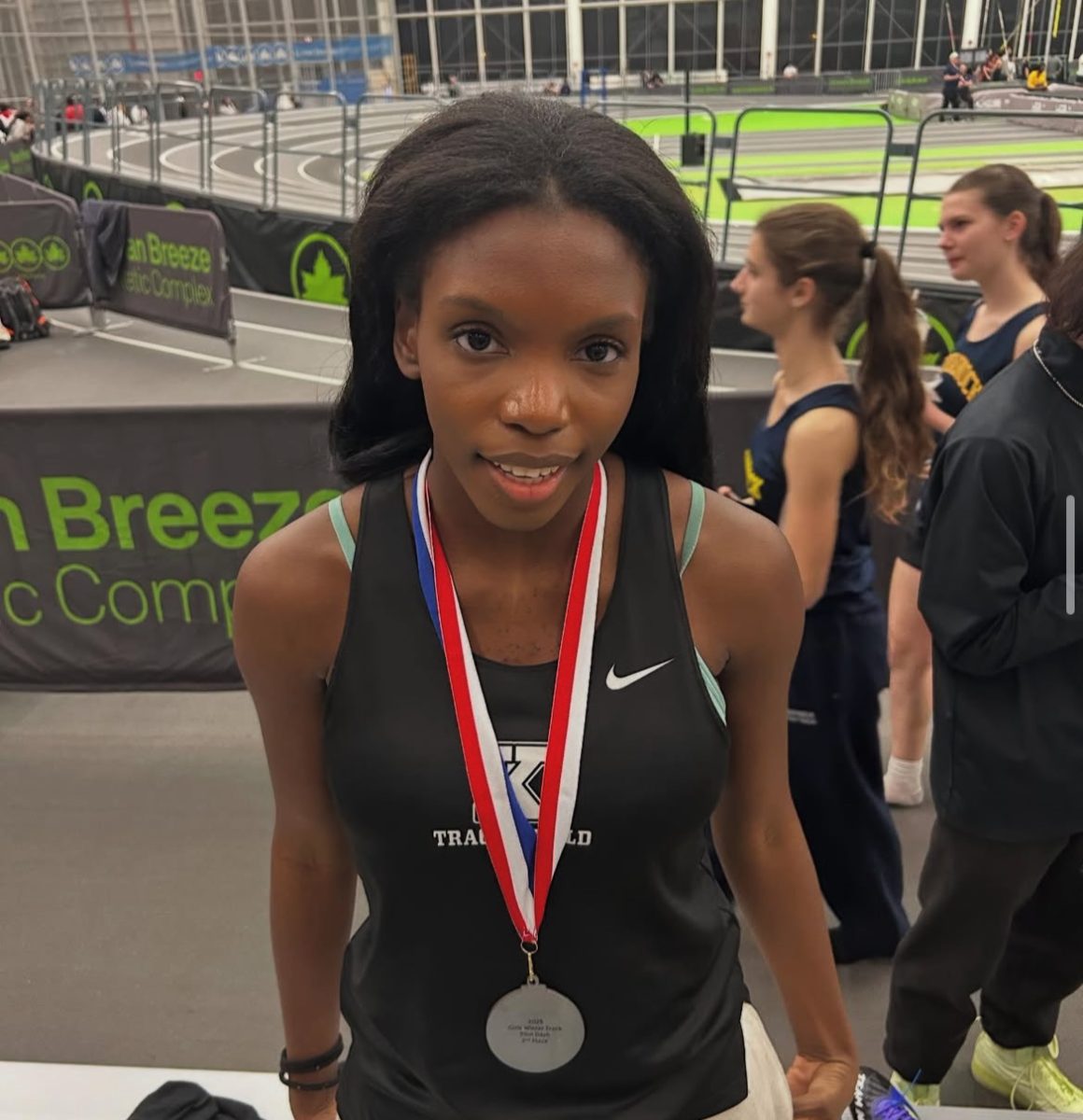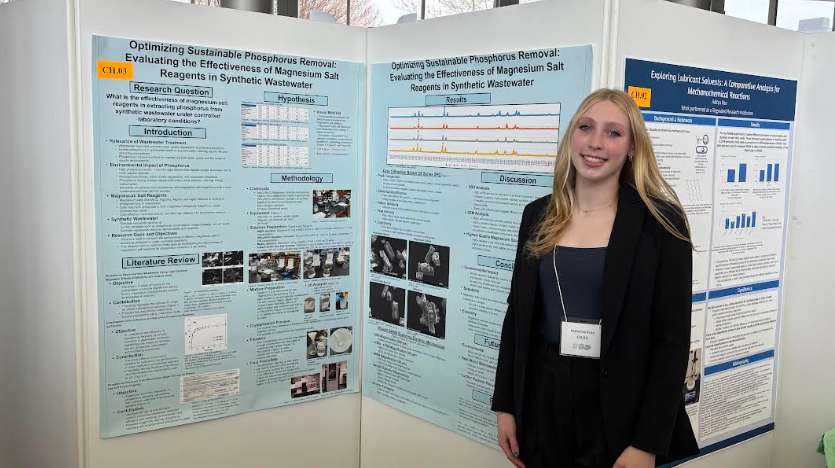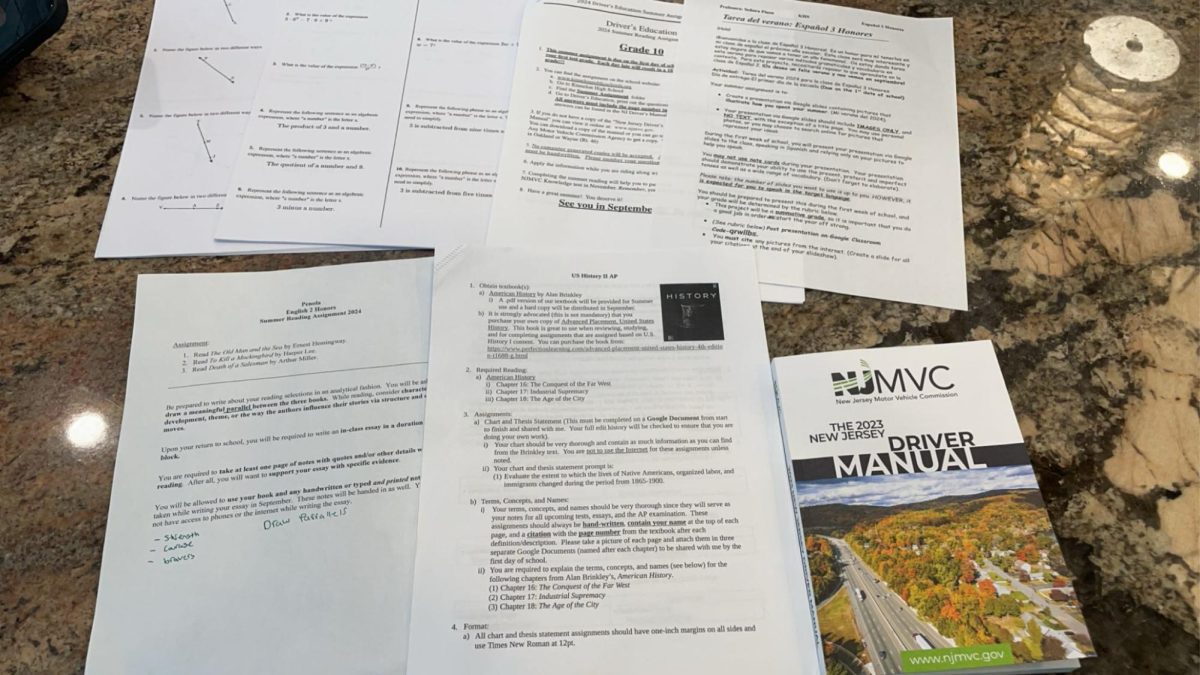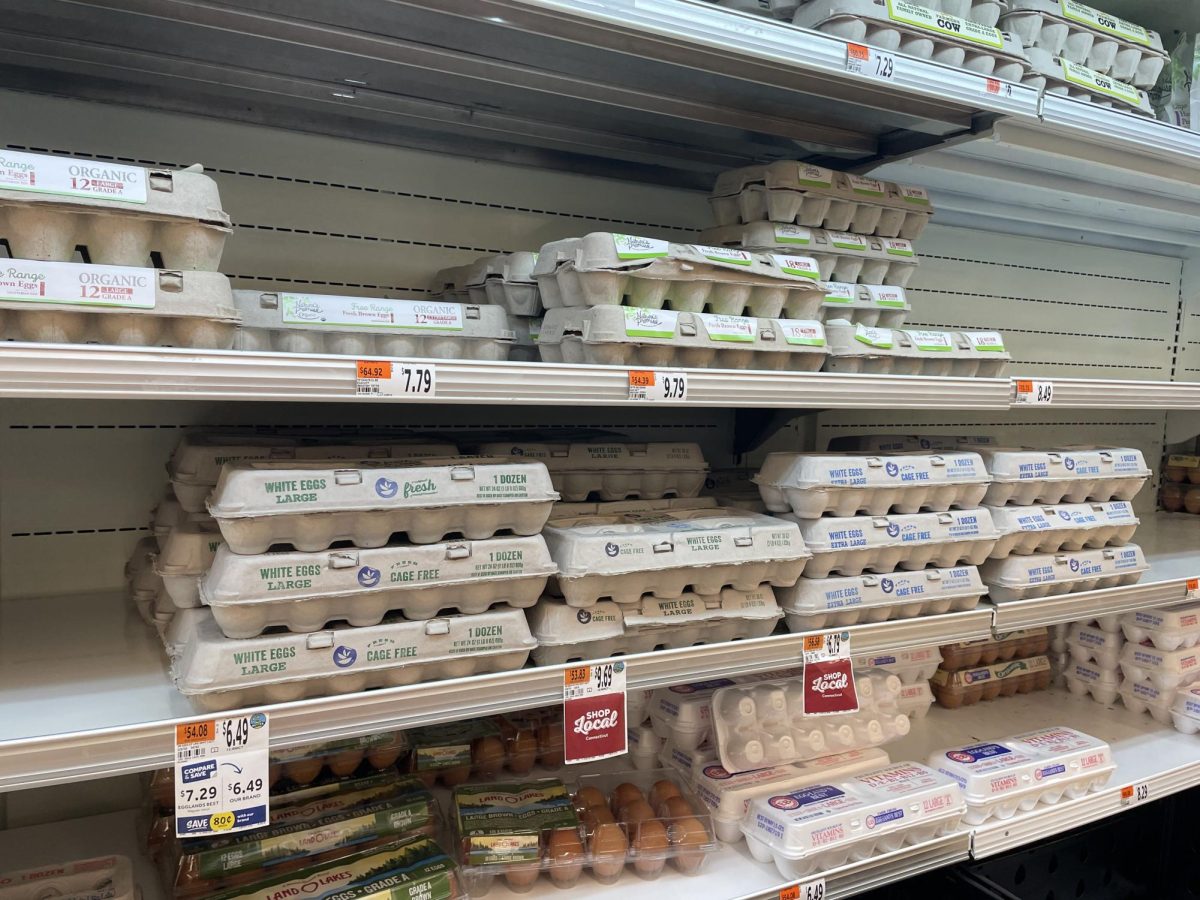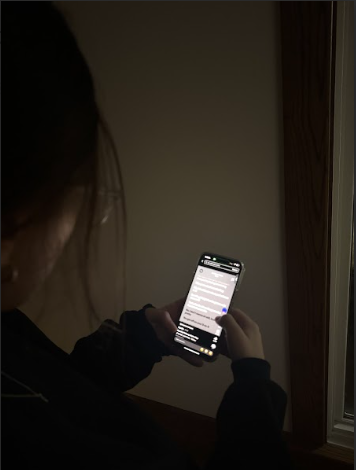Between wildfires, a polarizing election, and a pandemic, 2020 has been a terrifying year. The SARS-CoV-2 pandemic is changing lives in more ways than one could have imagined, but one major way this crisis has impacted KHS students is through their school experience.
The new hybrid and fully virtual learning schedule have been in place for months, and yet there are still many issues with it. Students have had to adapt to navigate this new system, but they aren’t the only ones who had to think on their feet.
Despite the dangerous conditions, the dedicated teachers, administrators, and staff of Kinnelon are continuing to do their best to make this year seem just like any other. Can 2021 look like the light at the end of the tunnel? What will this new year bring?
The hybrid learning program (also known as the distance learning model) allows a blend of virtual and in-person instruction, but it is still far from perfect. Even if students are participating in school through live video-meetings, nothing can replicate in-person interaction between students and teachers. One blatant example of this is in physical education classes.
“As a physical education/health teacher, mental/emotional and social wellbeing is very important to me,” says PE teacher Stephanie Finke. “I feel that we are losing some of that daily interaction with the students, and even between student to student when sitting behind a computer screen all day.”
PE isn’t the only class affected. Normally in science classes, students have the opportunity to conduct lab experiments and hands-on activities, but this year is different. “From a science teacher’s standpoint, it’s important to give my students the opportunity to conduct an actual laboratory experiment before the year is over,” says science teacher John Manning. Conducting lab experiments is an important part of science, just like physical activity is crucial to physical education.
Although the distance learning model is the best compromise between safety guidelines and in-person instruction, it is still a detriment to many classes and their curriculum. Every class has its own unique challenges, but the one thing that challenges all educators is the ability to keep students focused and engaged.
“Nothing replaces in-person teaching,” says history teacher Danielle Elia. “Typically, I incorporate hands-on learning and physical movement in the majority of my lessons and since we cannot share materials, it has forced me to provide alternative modes of learning. The social interaction for students is limited and that is probably one of the most challenging parts of hybrid learning, even if educators are doing their best to engage students.”
When social interaction is limited and distractions are common, it can be difficult to remain focused during school, and even more difficult to keep people focused on school. The home learning environment brings a whole new set of challenges to the table, and that is something that nobody could have prepared for.
The New Year is a time of self-reflection and change, and change comes in many forms. In a learning environment that is constantly shifting, it is important to adjust to fit the different needs of teachers and students while still keeping everyone safe. Everyone is hoping for an end to the pandemic. Everyone is tired of social distancing and mask-wearing, and safety precautions, but until safety is ensured, we have to stay vigilant and make sure we are being responsible.
English teacher Jason DelPiano says, “I’m hoping (unrealistically I know) that a vaccine can be distributed with speed and ease to the masses, thereby allowing us to go back to a normal school schedule by the end of this school year. But mostly I’m hoping that no matter what happens and no matter how fatigued we get, we all continue to do what is safe and responsible to ensure that we do not jeopardize the 2021-2022 school year.”
Although it may seem like this year, in particular, is cursed, we have to remember that the pandemic won’t go away on its own.
As Michael Jackson once said, we have to “start with the man in the mirror” and “make that change.”
Virtual education is a brand new field, and we’ve only just scratched the surface. The distance learning model and asynchronous Wednesdays have changed the way we think about school, bringing a whole host of questions into play. Why travel across the country to go to college when the whole thing could be done online? What will snow days look like in the future? And most importantly: could this be the future of education?
Asynchronous Wednesdays could be the key to this model. A day where the school can be cleaned and teachers can prepare assignments that double as a lighter day for students. But with benefits, come drawbacks.
“I have two sections of geometry honors,” says geometry teacher Noah Blanchard. “In a given week, one section might drop on Wednesday, meaning they have live lessons Monday, Tuesday, Thursday, and Friday and no asynchronous lesson while the other section drops on Monday (and Friday) so they only have two live lessons on Tuesday and Thurs with an asynchronous lesson on Wednesday. This makes it nearly impossible for the two classes to stay aligned and cover the content at a similar pace.”
This highlights a problem with both Wednesdays and the rotating drop schedule. Two classes covering the same content go at different paces due to the way the Wednesday falls on the rotating-drop schedule, which leads to issues keeping two classes aligned. Overall, virtual education has many flaws, but considering the circumstances, it has held up surprisingly well.


